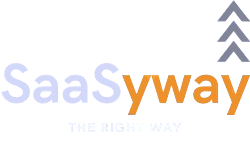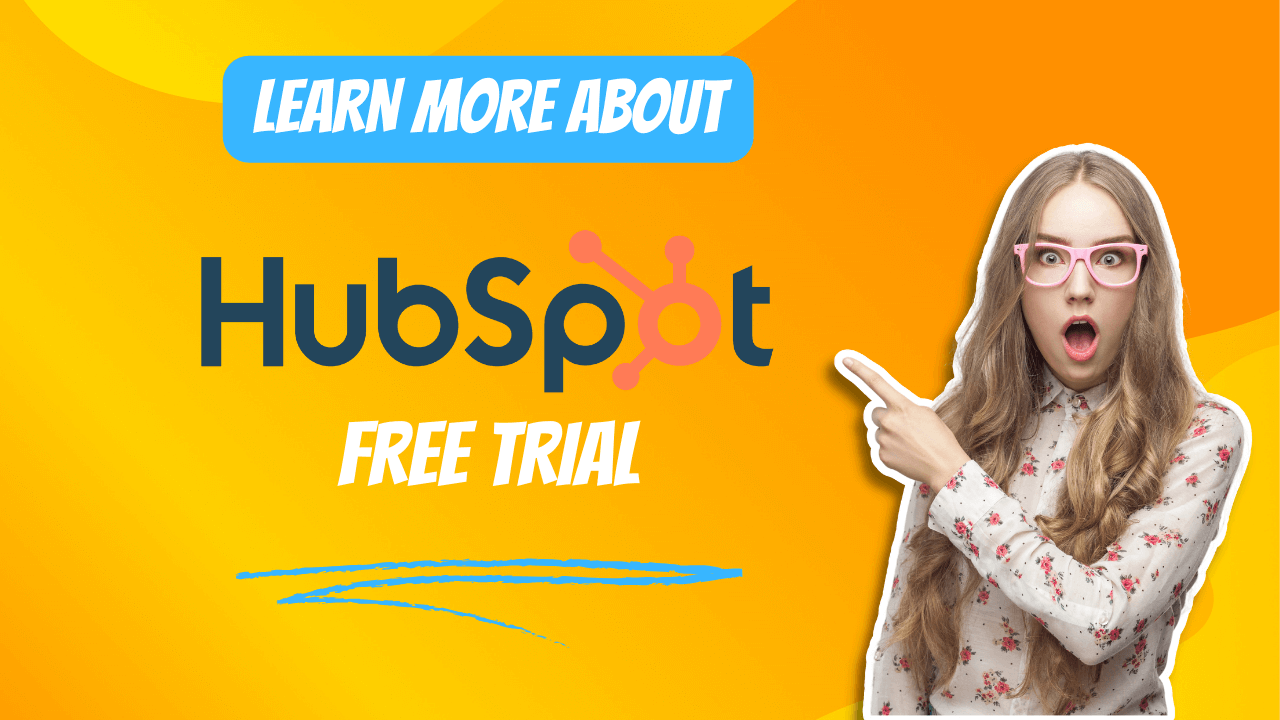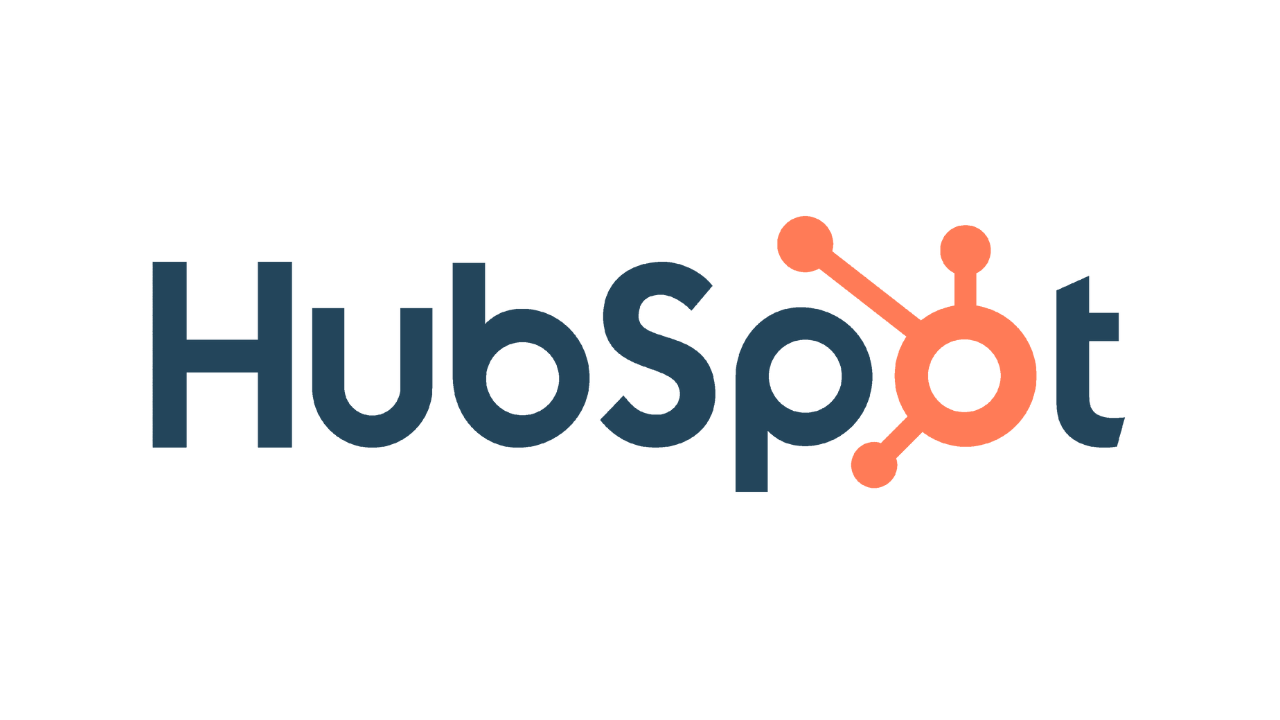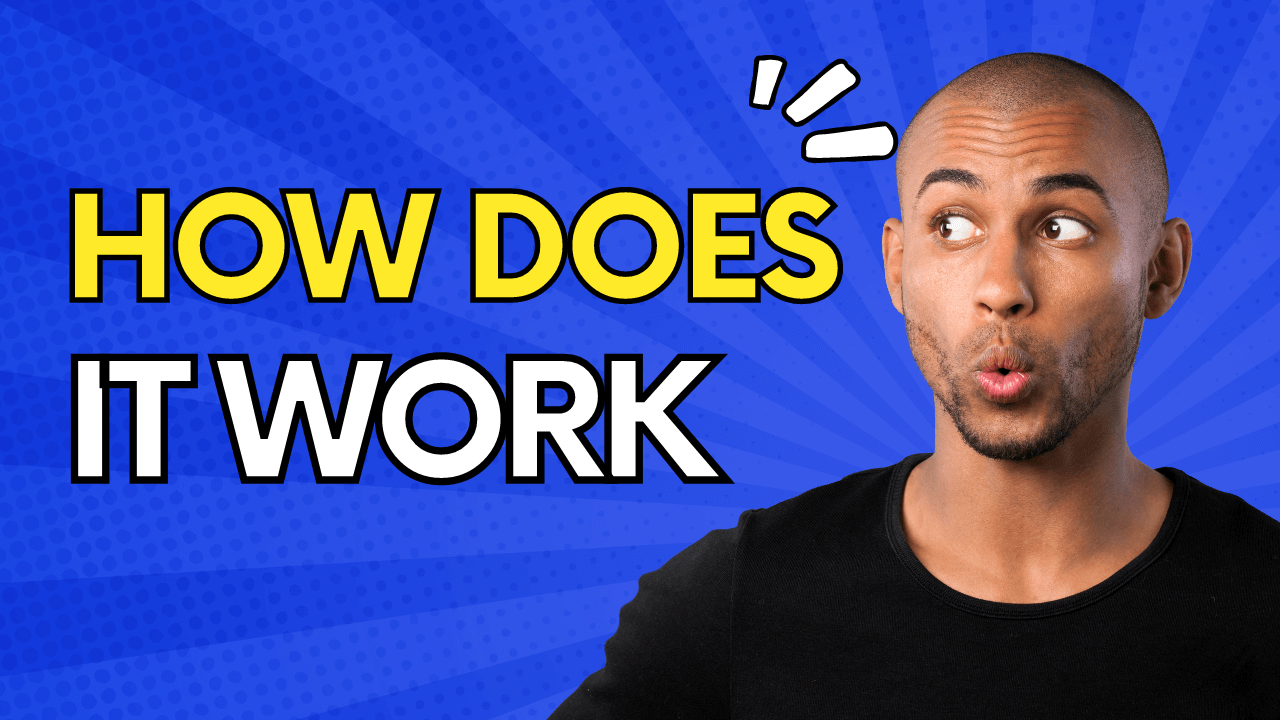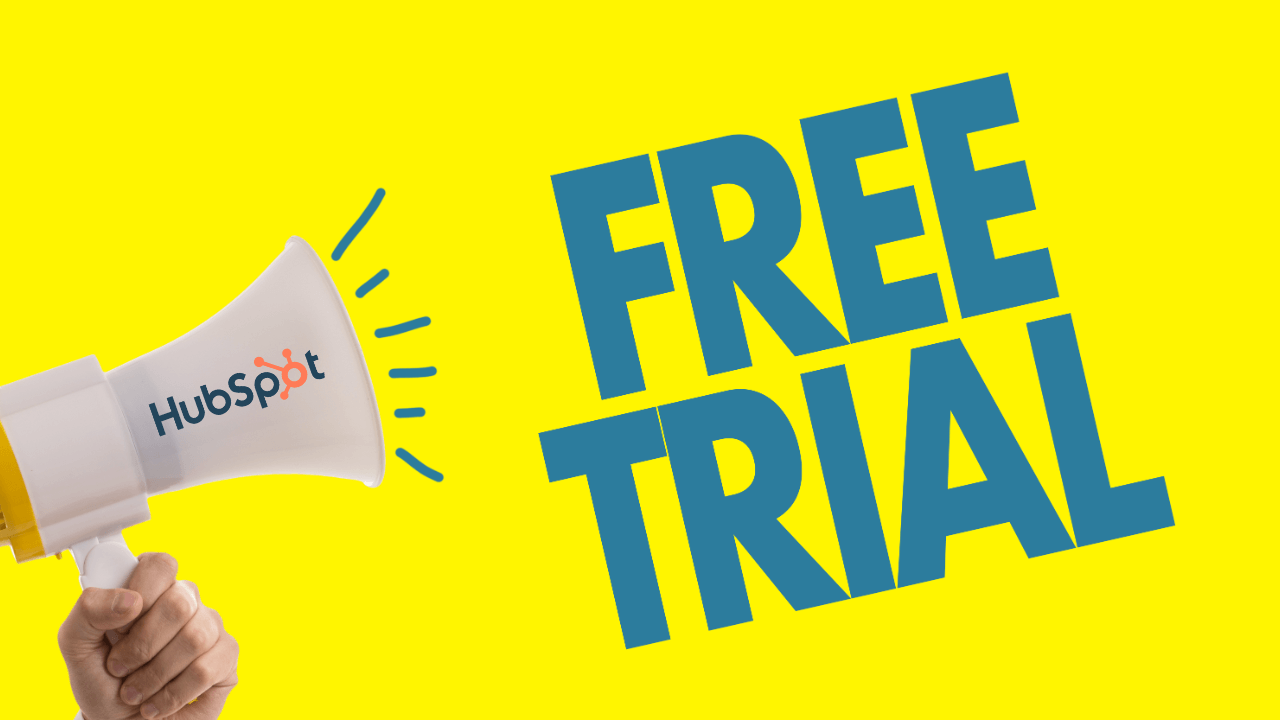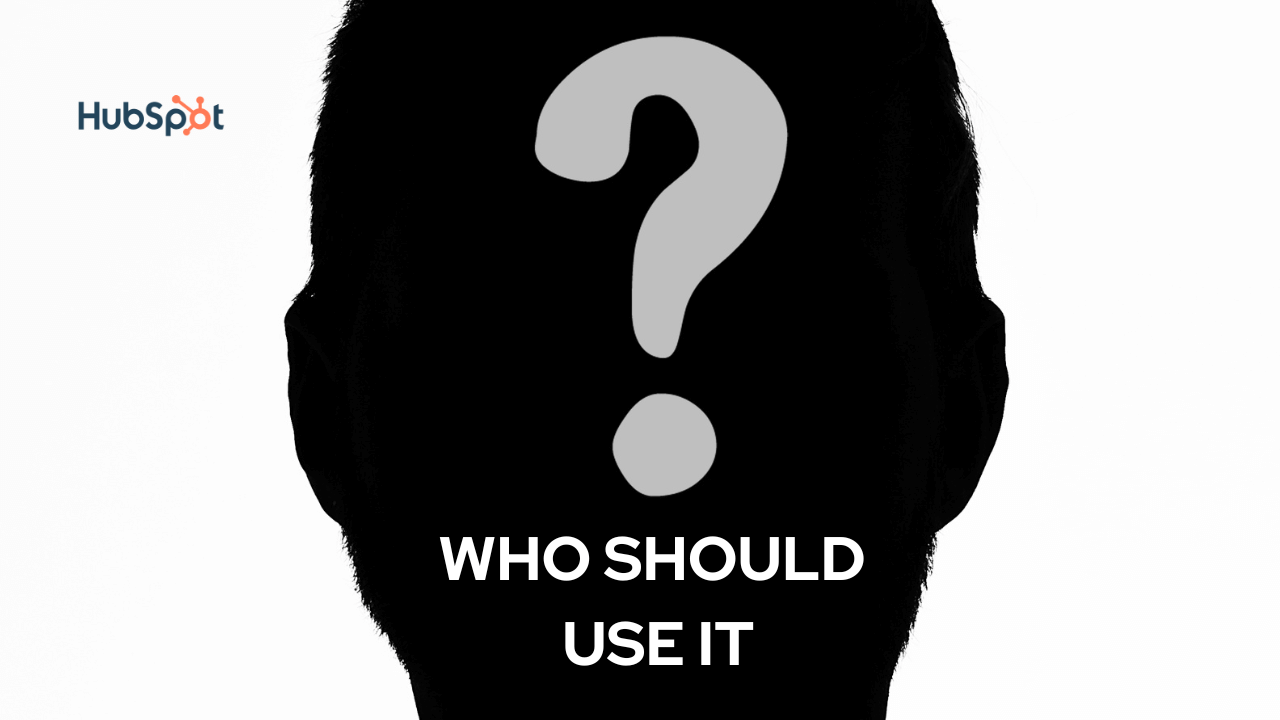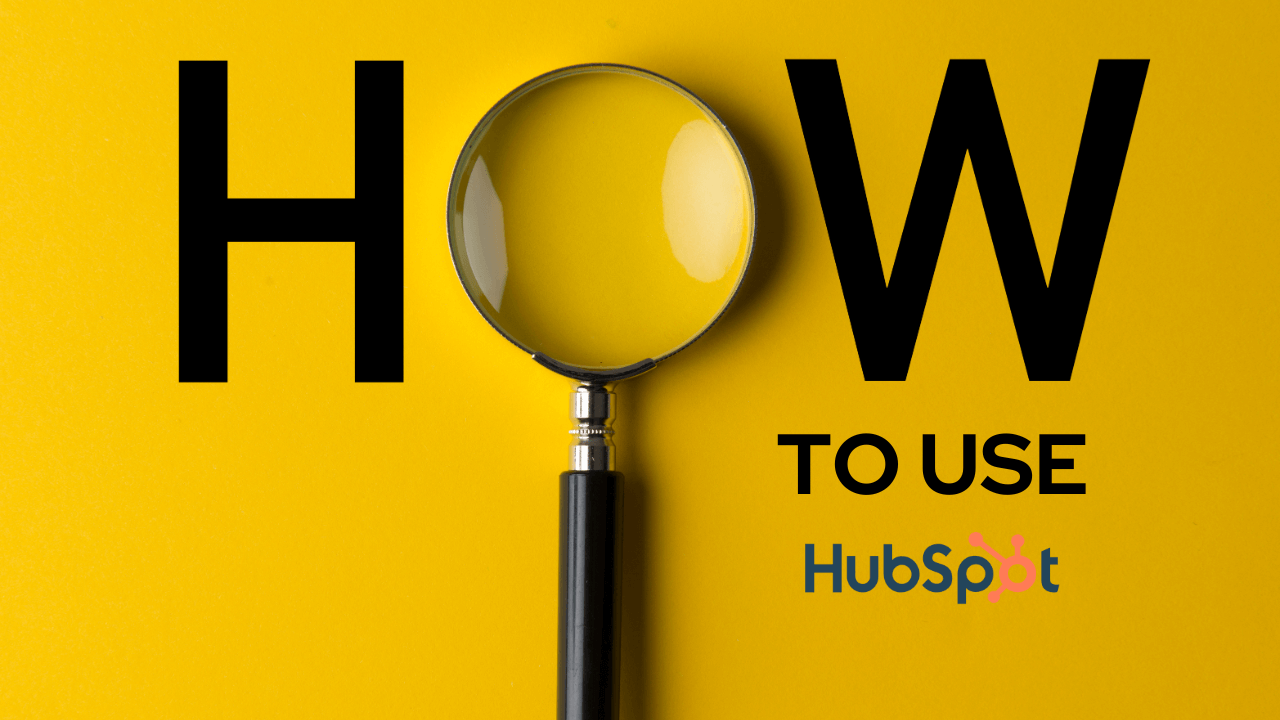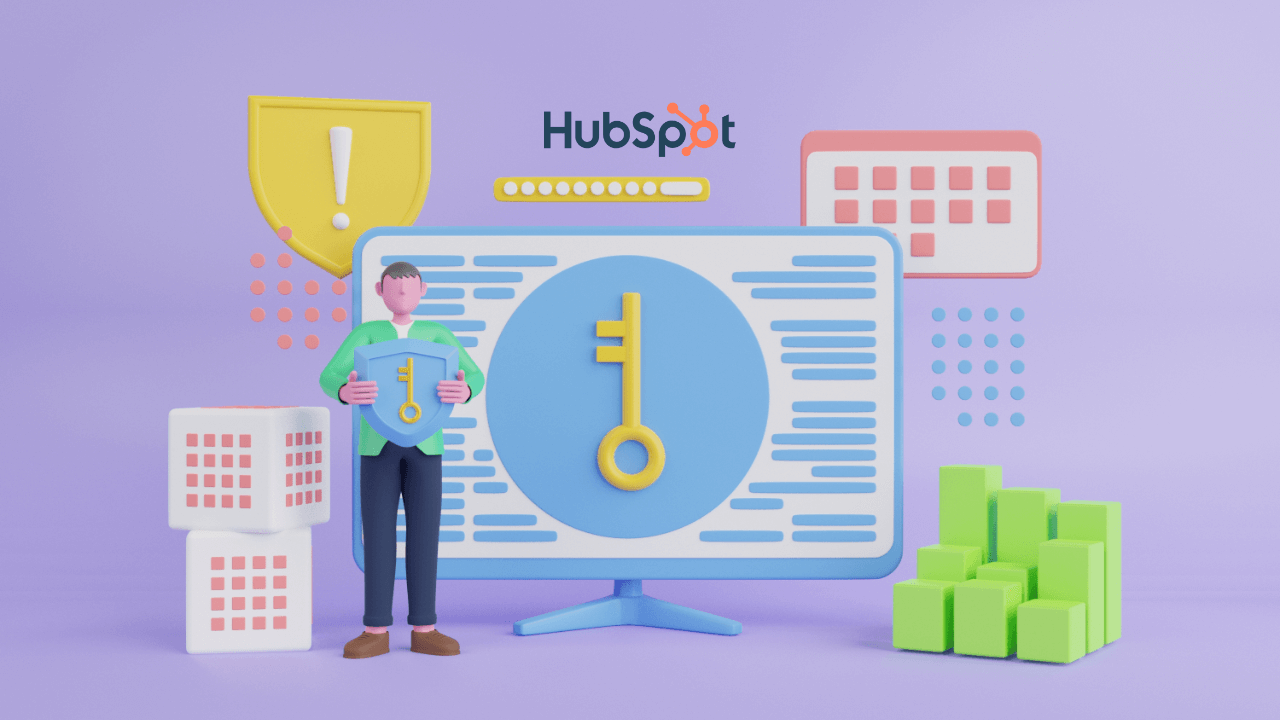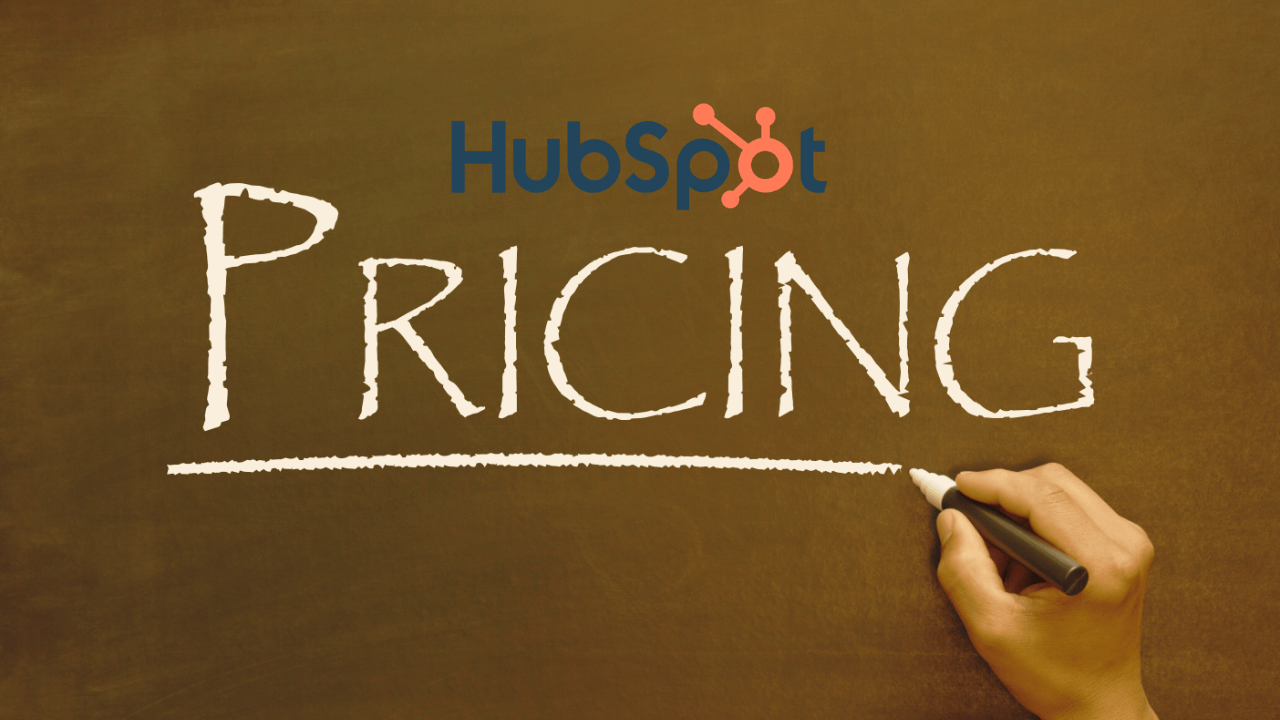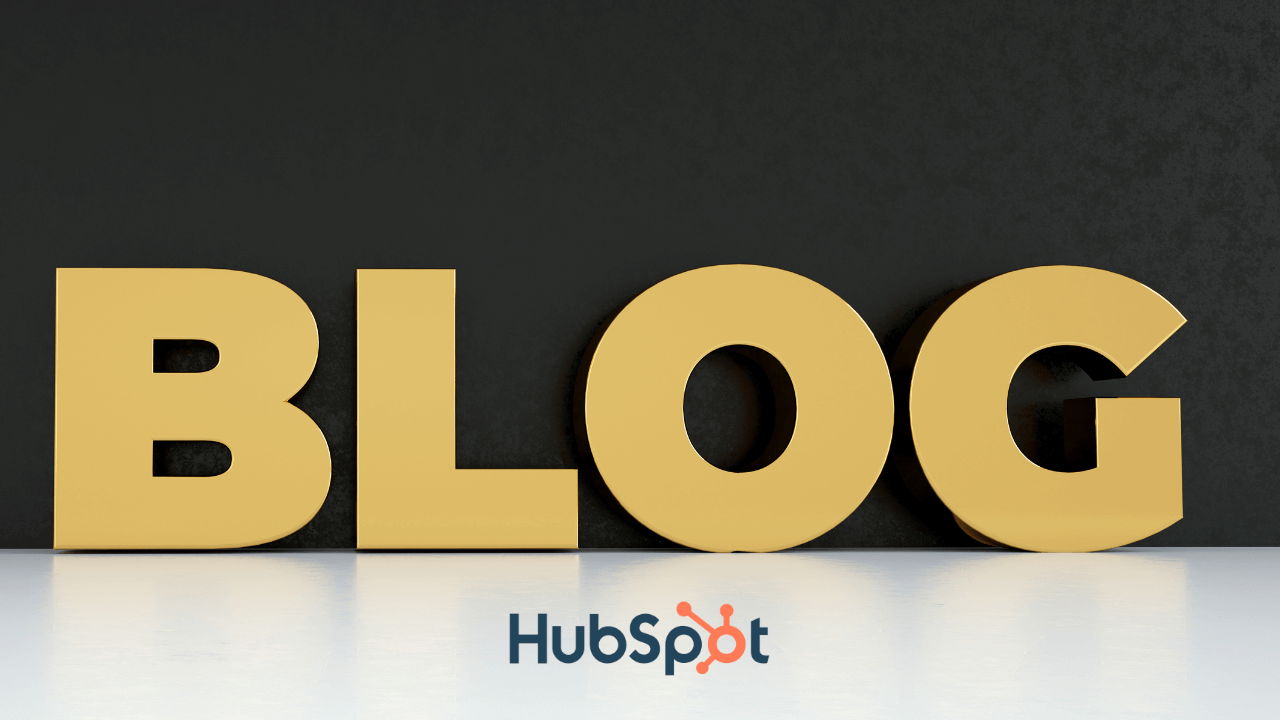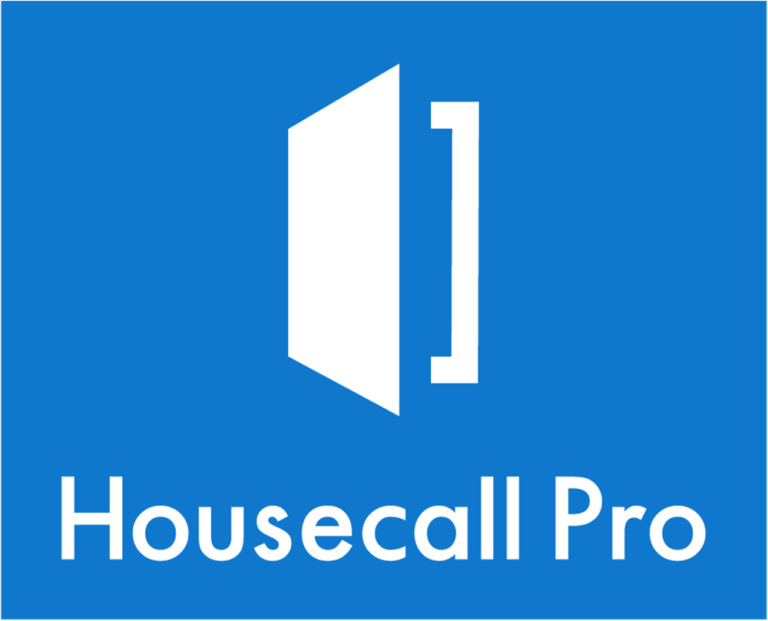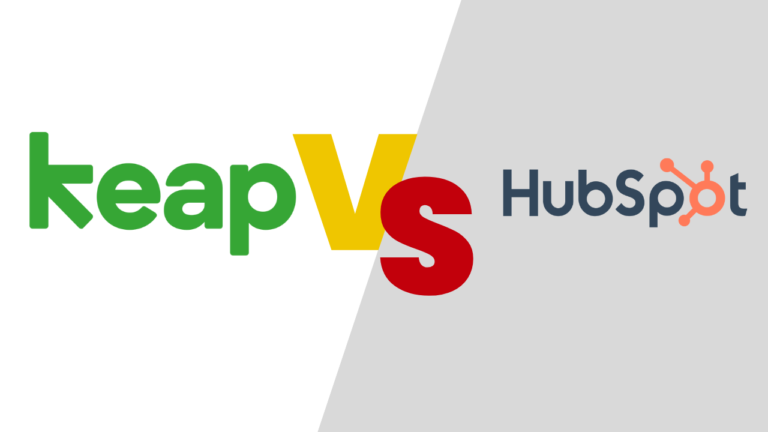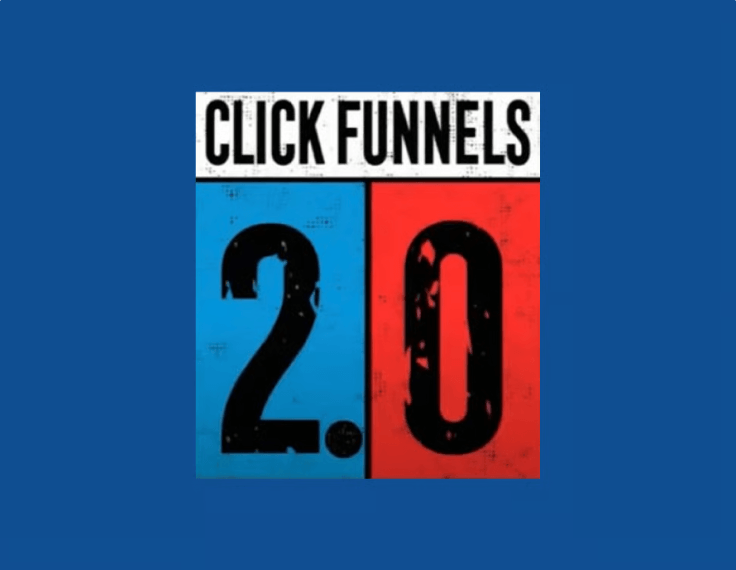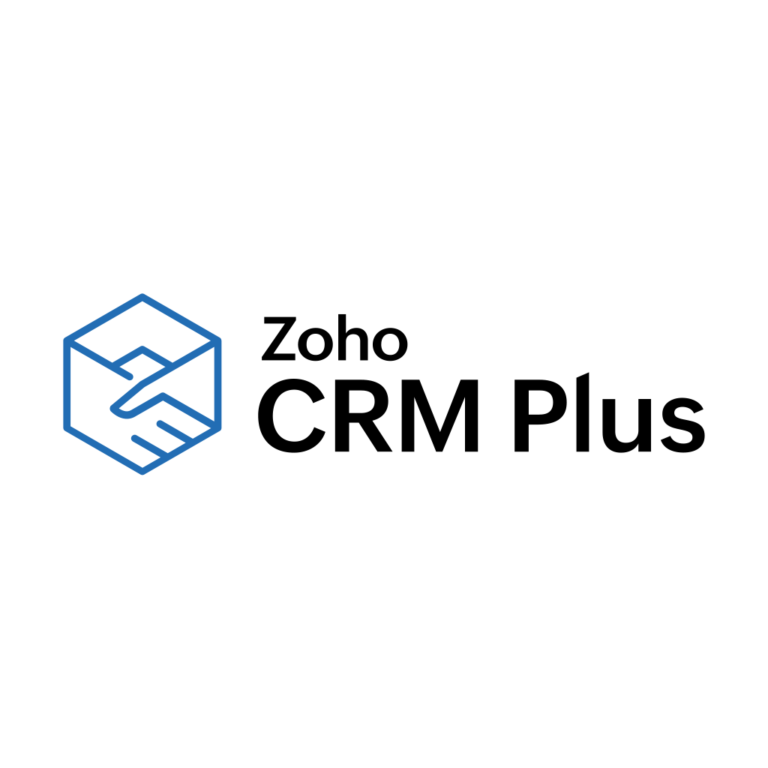Liked? Please share for others whom you love and care!
14-Day Transformation: Unleash Explosive Growth with Your HubSpot Free Trial
Introduction:
Intrigued by the HubSpot platform but overwhelmed by options?
Unsure if a free trial is right for you or if it includes features like workflows and Facebook Ads integration?
This post is your one-stop shop! We’ll break down the HubSpot free trial, explore powerful features (including workflow examples!), and answer burning questions like HIPAA compliance and website design.
Forget scouring for coupons or discounts – we’ll tell you everything you need to know about why HubSpot reigns supreme in 2024 inbound marketing. Let’s dive in!
What is HubSpot CRM?
HubSpot is a leading customer relationship management (CRM) platform that offers a suite of software products designed to help businesses grow through inbound marketing, sales, and customer service.
Here’s a breakdown of what HubSpot does:
- Inbound Marketing: HubSpot provides tools to attract customers through content creation, social media marketing, SEO (Search Engine Optimization), and email marketing.
- Sales: Their software helps manage leads, track deals, and automate sales workflows to streamline the sales process.
- Customer Service: HubSpot offers tools to manage customer interactions, provide support through various channels, and improve customer satisfaction.
HubSpot is an all-in-one platform that helps businesses connect with potential and existing customers at every stage of their journey. They also have a free CRM at the core of their platform, with additional features available through paid subscriptions.
Why Go HubSpot Free Trial? Unveiling the Powerhouse of Inbound Marketing
HubSpot is a name synonymous with inbound marketing success. But with so many CRM options out there, why is it such a popular choice?
Here’s why HubSpot reigns supreme in the CRM landscape:
Unmatched Popularity:
Over 200,000 businesses across the globe have chosen HubSpot as their partner in growth.
This sheer number of satisfied customers speaks volumes about the platform’s effectiveness.
HubSpot has consistently earned industry recognition, solidifying its position as a leader in the CRM space.
Pioneering Inbound Marketing:
HubSpot isn’t just a CRM – it’s an inbound marketing powerhouse. They revolutionized the way businesses approach customer acquisition.
Instead of chasing leads with cold calls and intrusive ads, HubSpot empowers businesses to attract customers with valuable content, building trust and relationships that convert.
This innovative approach resonates with modern businesses seeking to create lasting connections with their audience.
Feature-Rich and User-Friendly:
HubSpot goes beyond basic contact management. Its intuitive interface makes navigating features a breeze, even for non-technical users.
The free CRM tier is a robust starting point, and paid subscriptions offer powerful tools for marketing automation, sales pipelines, and in-depth customer service functionalities.
Seamless Integration and Scalability:
One of HubSpot’s biggest strengths is its ability to integrate seamlessly across marketing, sales, and customer service functions.
This unified platform eliminates the need for juggling multiple software solutions, streamlining workflows and boosting overall efficiency. Plus, HubSpot scales with your business.
Whether you’re a startup or a large enterprise, their platform can adapt to your needs.
Catering to Diverse Needs:
HubSpot understands that no two businesses are exactly alike. Their platform is designed to cater to a wide range of industries and company sizes. With its customizable features and extensive app marketplace, HubSpot allows businesses to tailor their CRM experience to their specific goals and workflows.
By choosing HubSpot, you’re not just selecting a CRM – you’re investing in a comprehensive growth engine built for the modern marketing landscape. So, are you ready to unlock the power of inbound marketing and achieve remarkable results?
Let’s dive into the exciting world of your HubSpot Free trial!
Unveiling the HubSpot Toolbox: An Exciting Feature Grab for Development
HubSpot’s feature-rich platform, which enables companies to succeed in inbound marketing, sales, and customer support, is the main reason for its popularity. The following is an outline of its main features, arranged according to how they fit within the client journey:
Attract (Inbound Marketing):
- Content Management System (CMS): Build beautiful, user-friendly websites with drag-and-drop functionality. Optimize content for search engines (SEO) to attract organic traffic.
- Blog Software: Publish informative and engaging blog posts to establish thought leadership and nurture leads.
- Landing Page Builder: Create high-converting landing pages to capture leads with targeted calls to action.
- Email Marketing: Design professional email campaigns and automate email workflows to engage leads and nurture relationships.
- Social Media Management: Schedule and publish social media posts across various platforms, monitor brand mentions, and engage with your audience.
- Marketing Automation: Automate repetitive tasks like email follow-ups, lead scoring, and lead nurturing based on specific criteria. This allows you to personalize marketing efforts and improve conversion rates.
Convert (Sales):
- CRM (Customer Relationship Management): Manage all your customer interactions in a central location. Track leads through the sales pipeline, automate tasks, and gain valuable insights into sales performance.
- Contact Management: Store and manage detailed contact information for leads, prospects, and customers.
- Deals Pipeline: Visualize the sales process, track deal progress, and forecast revenue with intuitive pipeline management tools.
- Sales Automation: Automate repetitive tasks in the sales cycle, such as sending follow-up emails, scheduling meetings, and creating quotes. This allows salespeople to focus on closing deals.
- Meetings Tool: Schedule meetings directly with leads and prospects through a user-friendly scheduling interface.
- Quotes Management: Create and send professional quotes to close deals efficiently.
Delight (Customer Service):
- Ticketing System: Manage customer support requests efficiently through a centralized ticketing system.
- Live Chat: Engage with website visitors and provide real-time customer support through live chat functionality.
- Knowledge Base: Create a self-service knowledge base to empower customers to find answers to their questions independently.
- Email Integration: Manage customer email communication directly within the HubSpot platform for a seamless customer service experience.
- Surveys and Feedback: Gather valuable customer feedback through surveys to improve products, services, and overall customer satisfaction.
Additional Features:
- HubSpot Academy: Access a vast library of free educational resources and certifications to elevate your marketing, sales, and customer service skills.
- App Marketplace: Extend HubSpot’s functionality with a wide range of integrations from third-party apps.
- Analytics and Reporting: Gain valuable insights into marketing campaign performance, website traffic, sales pipeline health, and customer service metrics.
- Security and Compliance: HubSpot offers robust security features and may comply with industry-specific regulations like HIPAA (consult with HubSpot for specific compliance details).
Important Note: The availability of specific features may vary depending on the HubSpot subscription plan you choose (Free, Starter, Professional, Enterprise).
The free trial offers a taste of many core functionalities, allowing you to experience the platform firsthand before committing to a paid plan.
HubSpot as a CRM, How does it work?
As a CRM (Customer Relationship Management) platform, HubSpot helps businesses manage all their customer interactions and data in one centralized location.
Here’s a breakdown of how HubSpot’s CRM functionality works:
- Capturing and Storing Customer Data:
- Contact Management: HubSpot allows you to create detailed contact profiles for leads, prospects, and customers. These profiles can store a wealth of information, including names, contact details, company information, and past interactions.
- Lead Capture Forms: Design and deploy forms on your website or landing pages to capture leads when visitors sign up for newsletters, download content offers, or register for events.
- Social Media Integration: Sync your social media accounts with HubSpot to automatically pull in contact information from interactions on those platforms.
- Email Integration: Integrate your email with HubSpot to automatically log all email communication with leads and customers within their contact profiles.
- Managing the Sales Pipeline:
- Visual Pipeline: HubSpot offers a visual representation of your sales pipeline, allowing you to track the progress of leads as they move through different stages (e.g., Prospecting, Qualifying, Closing).
- Deal Management: Create deals for each potential sale, associating them with relevant contacts and companies. Track deal details like value, closing date, and associated tasks.
- Task Automation: Automate repetitive tasks within the sales process, such as sending follow-up emails, scheduling meetings, and assigning tasks to sales reps.
- Fostering Communication and Collaboration:
- Internal Notes: Leave internal notes within contact profiles and deals to keep your team informed about past interactions and next steps.
- Activity Feed: View a centralized feed of all activities related to a specific contact or deal, ensuring everyone on your team has visibility into customer interactions.
- Email Tracking: Track when your emails get opened and clicked to gain insights into how your leads and customers are engaging with your messages.
- Reporting and Analytics:
- Sales Dashboard: HubSpot provides a customizable dashboard with key sales metrics like deal conversion rates, sales cycle length, and revenue generated. This allows you to track performance, identify areas for improvement, and measure the success of your sales efforts.
- Reports: Generate detailed reports on various aspects of your sales pipeline, such as individual salesperson performance and lead source effectiveness. These reports provide valuable insights to guide your sales strategy.
Benefits of Using HubSpot’s CRM:
- Improved Sales Efficiency: Automating tasks within the sales process streamlines workflows and frees up time for salespeople to focus on closing deals.
- Enhanced Communication: Centralized contact information and internal notes facilitate seamless communication and collaboration within your sales team.
- Data-Driven Decisions: Powerful reporting and analytics equip you with the data you need to make informed decisions about your sales strategy and resource allocation.
- Scalability: HubSpot’s CRM scales with your business, allowing you to add more users and functionality as your company grows.
HubSpot Free Trial:
The HubSpot free trial offers a great starting point for businesses to experience its core functionalities.
This allows you to manage your contacts, track deals, and gain valuable insights into your sales pipeline before committing to a paid plan.
What sets HubSpot apart from other CRM Providers?
HubSpot is a strong opponent for CRM, however, it isn’t a single entity. What separates HubSpot from other CRM providers is broken down as follows:
- Inbound Marketing Focus:
- HubSpot’s DNA: Unlike traditional CRMs focused solely on sales pipeline management, HubSpot is built with inbound marketing at its core. It empowers businesses to attract leads through valuable content creation, social media engagement, and SEO optimization. This integrated approach fosters long-term customer relationships.
- All-in-One Platform:
- Streamlined Workflows: HubSpot goes beyond basic contact management. It offers a comprehensive suite of marketing, sales, and customer service tools within a single platform. This eliminates the need for juggling multiple software solutions and integrations, streamlining workflows and boosting overall efficiency.
- User-Friendly Interface:
- Intuitive Design: HubSpot boasts a user-friendly interface that’s easy to navigate, even for non-technical users. This allows teams to get up and running quickly without extensive training.
- Free CRM Tier:
- Low Barrier to Entry: A key differentiator is the free CRM tier. It provides access to core CRM functionalities like contact management, deal tracking, and basic reporting. This allows businesses of all sizes to experience the platform’s value before committing to a paid plan.
- Scalability and Customization:
- Growing with You: HubSpot scales with your business needs. With paid tiers offering additional features and user seats, it caters to startups, growing businesses, and large enterprises alike. Additionally, the platform allows for customization to tailor the CRM experience to your specific workflows and goals.
Choosing the right CRM depends on your specific needs and budget. However, HubSpot’s unique blend of inbound marketing focus, user-friendly platform, free tier, and scalability make it a compelling option for businesses seeking a comprehensive customer relationship management solution.
How to set up a HubSpot Account?
Setting Up Your HubSpot Free Trial: A Step-by-Step Guide
HubSpot’s free trial offers a fantastic opportunity to explore its powerful CRM functionalities and marketing automation tools. Here’s a step-by-step guide to setting up your HubSpot account and getting started:
Step 1: Sign Up for Your Free Trial
- Head over to the HubSpot website (https://www.hubspot.com/).
- Click on the “Free CRM” button or navigate to the pricing page for a clear view of the free trial offer.
- Enter your email address, name, and company information in the signup form.
- Review HubSpot’s terms of service and privacy policy.
- Click on “Create Free Account” to proceed.
Step 2: Verify Your Email Address
- HubSpot will send a verification email to the address you provided.
- Open the email and click on the verification link to activate your account.
Step 3: Configure Your Account Details
- Once verified, you’ll be prompted to set your time zone and preferred currency for reporting purposes.
- Choose a strong password for your account security.
- You can also personalize your account by uploading a company logo and selecting a default homepage within the platform.
Step 4: Connect Your Website (Optional)
- While not mandatory, connecting your website to HubSpot unlocks valuable features like website traffic analytics, lead capture forms, and live chat functionality.
- HubSpot offers various website integration methods, including adding a tracking code or connecting through popular website platforms like WordPress.
- Follow the on-screen instructions based on your chosen method.
Step 5: Explore the HubSpot Interface
- Take some time to familiarize yourself with the HubSpot interface.
- Explore the main navigation bar, which provides access to different functionalities like Contacts, Deals, Marketing, Sales, and Service.
- Each section offers a range of tools and features tailored to specific tasks.
Step 6: Import Your Contacts (Optional)
- If you have existing customer data, you can import it into HubSpot to populate your CRM with valuable contact information.
- HubSpot allows you to import contacts from various sources like CSV files or integrations with other CRM systems.
Step 7: Start Building Your Marketing & Sales Strategy
- With the basic setup complete, you can begin exploring HubSpot’s features to build your marketing and sales strategy.
- Here are some ideas to get you started:
- Create landing pages to capture leads with targeted content offers.
- Design email campaigns to nurture leads and engage existing customers.
- Build workflows to automate repetitive tasks within your sales funnel.
- Use social media management tools to schedule and publish social media posts.
- Explore analytics and reporting to gain insights into your marketing and sales performance.
HubSpot Free Trial Academy:
- Don’t forget to explore HubSpot Academy, a treasure trove of free resources and certifications.
- You’ll find courses, tutorials, and guides designed to help you master HubSpot’s features and develop your marketing and sales skills.
Additional Tips:
- Start with exploring core functionalities offered in the free tier before diving into paid features.
- Customize your dashboard to display the metrics most important to your business goals.
- Take advantage of HubSpot’s support resources, including their knowledge base and community forums.
By following these steps and exploring the platform’s resources, you’ll be well on your way to harnessing the power of HubSpot’s free trial to boost your marketing, sales, and customer service efforts.
The free trial is a great way to experience the platform firsthand and see how it can benefit your business before committing to a paid plan.
Who Should Consider Using HubSpot?
HubSpot caters to a broad range of businesses due to its scalability and diverse feature set. Here’s a breakdown of who can benefit from using HubSpot:
Business Size:
- Startups and Small Businesses: HubSpot’s free CRM tier and affordable starter plans make it an attractive option for startups and small businesses looking to streamline their marketing, sales, and customer service operations. The user-friendly interface and free resources are perfect for getting started with inbound marketing automation.
- Mid-Sized Businesses: As businesses grow, HubSpot scales with them. Paid tiers offer additional functionalities like advanced marketing automation, sales analytics, and increased user seats to accommodate expanding teams.
- Large Enterprises: HubSpot’s Enterprise plan offers robust features and customization options to cater to the complex needs of large organizations. Integrations and scalability allow it to manage high volumes of customer data and interactions.
Industry Focus:
- HubSpot caters to a wide range of industries thanks to its adaptability. From marketing agencies and e-commerce businesses to healthcare providers and educational institutions, its diverse set of tools can be tailored to specific industry needs.
Here’s a breakdown of how different business types can leverage HubSpot:
- Marketing Agencies: Manage client relationships, automate marketing workflows, and generate reports with ease.
- E-Commerce Businesses: Capture leads, create targeted email campaigns, and track website traffic to optimize conversion rates.
- Healthcare Providers: Streamline patient communication and appointment scheduling, and manage patient records securely (ensure HIPAA compliance with HubSpot for healthcare).
- Educational Institutions: Automate student communication, create targeted content for prospective students and manage alumni relationships.
Additionally:
- Solopreneurs and Freelancers: HubSpot’s free CRM tier offers valuable tools for managing client interactions, creating proposals, and tracking project progress.
- Non-Profit Organizations: Manage donor relationships, automate fundraising campaigns, and track the impact of their initiatives.
Any business seeking to attract leads, nurture relationships, and convert customers can benefit from using HubSpot.
The platform’s scalability and diverse features allow it to adapt to the specific needs of a wide range of organizations.
How to use HubSpot?
HubSpot is a powerful platform with various marketing, sales, and customer service tools. Here’s a breakdown to get you started:
Understand the Core Functionality:
HubSpot offers a Customer Relationship Management (CRM) system at its heart. This means it centralizes all your customer data, making it accessible to your marketing, sales, and service teams.
Explore the Tools:
HubSpot has different features depending on your needs. Here are some of the main ones:
- Marketing Hub: Create content, manage social media, design landing pages and email campaigns, and track website analytics.
- Sales Hub: Manage leads and deals, automate tasks, track sales performance, and improve outreach with email sequences.
- Service Hub: Offer customer support through a ticketing system, create a knowledge base, and automate workflows.
Getting Started:
HubSpot offers a free CRM and a free tier for most of its tools. You can set up a free account and explore the platform to get a feel for it.
Here are some resources to help you learn more:
- HubSpot Academy: Free courses and certifications on using HubSpot effectively https://academy.hubspot.com/courses
- HubSpot Youtube Tutorials: Video guides on specific HubSpot features https://www.youtube.com/@HubSpotMarketing
- HubSpot Knowledge Base: Articles and guides on using HubSpot https://knowledge.hubspot.com/get-started
HubSpot can be complex. If you’re new to it, start with the basics and gradually explore its advanced features.
HubSpot Pros and Cons:
HubSpot is a popular all-in-one platform for marketing, sales, and customer service. Here’s a quick rundown of its pros and cons:
Pros:
- All-in-one Solution: HubSpot consolidates various tools into one platform, streamlining workflows and improving team collaboration.
- Easy to Use: The interface is user-friendly, even for beginners with little technical knowledge.
- Free Tier: HubSpot offers a free CRM with basic features and free tiers for most of its marketing, sales, and service tools.
- Scalability: The platform can adapt to growing businesses as their needs expand.
- Educational Resources: HubSpot Academy provides many free courses and certifications to help users master the platform.
Cons:
- Cost: While there’s a free tier, advanced features require paid subscriptions, which can get expensive with more contacts.
- Customization Limitations: Customizing email templates and landing pages beyond basic options might require coding knowledge or external help.
- Advanced Features Learning Curve: Unlocking the full potential of advanced marketing automation features might require additional training.
HubSpot is a great option for businesses seeking a user-friendly platform to manage their marketing, sales, and customer service needs. However, it’s important to consider your budget and technical expertise to determine if it’s the right fit.
HubSpot Login
Go to the HubSpot login page: https://knowledge.hubspot.com/account-management/why-can-t-i-log-into-hubspot
HubSpot offers multiple login methods:
- Email and Password: Enter the email address associated with your account and your password.
- Sign in with Google: If your Google account is linked to your HubSpot, you can use this option for a quicker login.
- Sign in with Microsoft: Similar to Google sign-in, this option is available if your Microsoft account is linked to HubSpot.
- Single Sign-On (SSO): This option is only available for Enterprise accounts where your organization has set up SSO.
HubSpot Academy
HubSpot Academy is the educational arm of HubSpot, offering a wide range of resources to help users learn about inbound marketing, sales, and customer service.
Here’s a quick summary:
- Free Courses and Certifications: HubSpot Academy is known for its extensive library of free courses on various marketing, sales, and service topics. You can even earn industry-recognized certifications to validate your skills.
- Learning Formats: They offer various learning formats to suit different preferences, including video lectures, downloadable resources, and hands-on projects.
- Focus on Inbound Methodology: The curriculum heavily focuses on the inbound methodology, which emphasizes attracting customers through valuable content and building relationships.
- Beginner to Advanced: Whether you’re a complete beginner or an experienced professional, HubSpot Academy offers courses catering to various skill levels.
Here are some of the benefits of using HubSpot Academy:
- Develop In-Demand Skills: Gain valuable skills in marketing, sales, and customer service, making you a more attractive candidate in the job market.
- Improve Business Results: By learning effective marketing and sales strategies, you can help your business attract more leads, close more deals, and retain customers.
- Stay Up-to-Date: The curriculum is constantly updated with the latest industry trends and best practices.
- Free and Accessible: Most courses and certifications are free, making it an accessible learning platform for everyone.
HubSpot Academy is a valuable resource for anyone who wants to learn about inbound marketing, sales, and customer service.
HubSpot Careers
HubSpot offers a variety of exciting career opportunities! Here’s a quick rundown to get you started:
- Careers Page: HubSpot’s career page lists all their open positions across various departments https://www.hubspot.com/careers.
- Departments: They hire for roles in Software Engineering, Customer Success, Marketing, Sales, and many more https://www.hubspot.com/careers. There are even remote positions available!
- Company Culture: HubSpot is known for its positive and collaborative work environment. They emphasize culture and offer various benefits and perks to their employees.
HubSpot Pricing
HubSpot offers a freemium pricing model, meaning they have a free tier with basic features and paid tiers with more advanced functionalities.
Here’s a breakdown of their pricing structure:
Free CRM:
- HubSpot provides a free CRM with core contact management, deal tracking, task management, email tracking, and reporting features. This is a good option for startups or small businesses with basic needs.
HubSpot Marketing Hub:
- Pricing starts around $50 per month (billed annually) and scales based on the number of contacts you need to manage. It includes marketing automation tools, email marketing, landing pages, SEO tools, and analytics.
HubSpot Sales Hub:
- Similar pricing structure to Marketing Hub, starting around $50 per month. Sales Hub offers features like sales automation, email sequences, pipeline management, lead scoring, and reporting to improve your sales efficiency.
HubSpot Service Hub:
- Also starts around $50 per month. Service Hub includes ticketing system, live chat, knowledge base, and automation tools to streamline customer service interactions.
HubSpot Customer Platform:
This bundles all the features of Marketing Hub, Sales Hub, Service Hub, and CMS Hub (content management system) at a discounted rate.
It’s ideal for businesses needing a comprehensive marketing, sales, customer service, and content management solution. Pricing is not publicly available and requires contacting HubSpot for a quote.
Here are some things to consider when choosing a HubSpot plan:
- Number of Contacts: Pricing often scales based on the number of contacts you manage.
- Features Needed: Identify the specific marketing, sales, or service features that are crucial for your business.
- Scalability: Consider your future growth needs and choose a plan that can accommodate them.
For exact pricing details and the latest plans, it’s always best to refer to HubSpot’s official pricing page:
https://www.hubspot.com/pricing/marketing/enterprise
HubSpot Blog
The HubSpot blog is a valuable resource for anyone interested in marketing, sales, customer service, and business growth.
Here’s a breakdown of what you can find there:
- Content Focus: The blog covers a wide range of topics relevant to modern businesses, with a particular emphasis on inbound marketing strategies. Inbound marketing focuses on attracting customers through valuable content and building relationships, rather than traditional outbound advertising methods.
- Target Audience: The content caters to various experience levels, from beginners looking for marketing fundamentals to seasoned professionals seeking advanced tactics.
- Content Formats: The blog offers a variety of content formats to suit different learning preferences. You’ll find blog posts, articles, infographics, videos, and downloadable resources.
- Blog Categories: The blog is categorized into different sections, including Marketing, Sales, Service, Website, and Next in AI (focusing on the intersection of AI and business).
Here are some of the benefits of reading the HubSpot blog:
- Stay Up-to-Date: Get insights on the latest marketing trends, sales strategies, and customer service best practices.
- Learn from Experts: Gain valuable knowledge from industry leaders and HubSpot professionals.
- Actionable Tips: The blog content is actionable and provides practical tips you can implement in your own business.
- Free Content: Most of the blog content is free to access, making it a cost-effective way to learn and grow your business knowledge.
To access the HubSpot blog, you can visit: https://knowledge.hubspot.com/blog/create-and-publish-blog-posts
HubSpot Courses
HubSpot Academy offers a wide range of courses to help you learn about inbound marketing, sales, and customer service. Here’s a closer look:
Course Variety:
- Marketing: Learn content marketing, email marketing, SEO, social media marketing, and marketing automation. There are even courses on specific marketing niches like content strategy for e-commerce or marketing on a budget.
- Sales: Develop your sales skills with courses on inbound sales methodology, lead generation, sales prospecting, and closing deals.
- Customer Service: Improve your customer service skills with courses on building a customer service strategy, delivering exceptional customer support, and using HubSpot Service Hub effectively.
- Software Certifications: Earn industry-recognized certifications in using HubSpot software, such as HubSpot Marketing Software Certification or HubSpot Sales Software Certification.
Learning Formats:
HubSpot Academy caters to various learning styles by offering:
- Video Lectures: Engaging and informative video lessons delivered by HubSpot experts.
- Downloadable Resources: Supplement your learning with downloadable templates, checklists, and ebooks.
- Hands-on Projects: Apply your knowledge through practical exercises to solidify your understanding.
Benefits of Taking HubSpot Courses:
- Develop In-demand Skills: Enhance your marketing, sales, or customer service skills and become a more valuable asset.
- Improve Business Results: Learn effective strategies to attract leads, close deals, and retain customers.
- Free and Paid Options: HubSpot offers a good mix of free and paid courses. Free courses provide a great introduction, while paid courses delve deeper into specific topics.
- Always Up-to-Date: The curriculum is constantly updated to reflect the latest industry trends and best practices.
How to Find Courses:
- HubSpot Academy Website: Browse the course catalog on the HubSpot Academy website https://academy.hubspot.com/. You can filter by topic, skill level, and format to find courses that match your needs.
- Search by Topic: If you have a specific topic in mind, use the search bar to find relevant courses.
HubSpot Certification
HubSpot certifications validate your expertise in using HubSpot’s marketing, sales, or service software. Here’s a breakdown of what you need to know:
Why Get Certified:
- Credibility Boost: Earning a HubSpot certification showcases your proficiency to potential employers or clients.
- Career Advancement: Certifications can give you a competitive edge in the job market and open doors to new career opportunities.
- Knowledge Validation: The process solidifies your understanding of HubSpot’s functionalities and best practices.
Types of Certifications:
HubSpot offers various certifications for different areas:
- Marketing: Certifications like HubSpot Marketing Software Certification or HubSpot Inbound Marketing Certification.
- Sales: Earn certifications on using HubSpot Sales Hub effectively for tasks like lead generation and deal management.
- Service: Validate your ability to deliver exceptional customer service through HubSpot Service Hub software.
Earning a HubSpot Certification:
The process typically involves:
- Completing Online Courses: Take relevant HubSpot Academy courses to learn the necessary skills and knowledge.
- Passing Exams: Demonstrate your understanding by passing multiple-choice exams.
- Completing Practical Exercises: Apply your learnings through real-world scenarios using HubSpot software.
Benefits of Having a HubSpot Certification:
- Globally Recognized: HubSpot certifications are well-respected by businesses worldwide.
- Career Advantage: Stand out from the crowd with industry-recognized credentials.
- Continuous Learning: The learning process helps you stay updated on the latest HubSpot features and best practices.
Resources for Learning More:
- HubSpot Academy Certifications: https://academy.hubspot.com/certification-overview
- How to Get a HubSpot Certification: A guide with more details on the process https://www.coursera.org/articles/hubspot-certification
HubSpot Awards
HubSpot awards come in two flavors:
- HubSpot Impact Awards: These awards recognize HubSpot solution partners, agencies that help businesses implement and use HubSpot effectively. There are three main categories:
- Performance-Based: Awarded based on quantifiable client success metrics like revenue retention and customer satisfaction
- Category Winners: Chosen based on industry expertise and successful client implementations in specific industries
- DEI&B Award (HEART): Honors agencies that prioritize Diversity, Equity, Inclusion, and Belonging
- Awards HubSpot Receives:
- HubSpot itself has been recognized for its company culture, best CEOs, and overall performance by various organizations
If you’re interested in learning more about:
- HubSpot Impact Awards: https://www.hubspot.com/impact-awards
- HubSpot’s Company Awards: https://www.hubspot.com/careers/awards
HubSpot Free Trial Summary
- HubSpot Free Trial: A Summary
HubSpot offers a generous free trial for most of its core products: Marketing Hub, Sales Hub, Service Hub, and CMS Hub. This allows you to test drive the platform and see if it fits your business needs before committing to a paid plan.
HubSpot Free Trial Conclusion
- HubSpot’s free trial is a great way to get your feet wet with inbound marketing, sales, or service tools. It allows you to explore the platform’s capabilities and see if it can help you achieve your business goals. However, keep in mind the limitations of the free plan and the learning curve involved.
Please read our other articles here.
FAQ's
HubSpot offers a free trial of its CRM (Customer Relationship Management) platform, allowing businesses to explore its features and capabilities before making a purchase.
Typically, the free trial lasts for 14 days, giving users a two-week window to test out the platform and its functionalities.
During the trial period, users have access to HubSpot’s CRM features, which include contact management, email marketing, lead capture forms, analytics, and more.
Yes, you’re usually required to provide credit card information to initiate the free trial. However, you won’t be charged during the trial period, and you can cancel anytime before the trial ends to avoid being charged.
Yes, you have the flexibility to upgrade or downgrade your plan at any time during the trial period, depending on your business needs.
At the end of the trial period, your access to HubSpot’s features will be restricted unless you choose to subscribe to one of their paid plans. If you don’t subscribe, your account will be downgraded to the free version of HubSpot.
Yes, HubSpot provides customer support to users during the free trial period. You can reach out to their support team via email or chat for assistance with any questions or issues.
Yes, HubSpot allows you to export your data even if you choose not to continue using their platform after the trial period. This ensures that you retain ownership of your data and can transfer it to another system if needed.
While you have access to many of HubSpot’s features during the trial, there may be some limitations compared to the paid plans, such as the number of contacts or emails you can send per month.
To start your free trial, you can visit HubSpot’s website and sign up for an account. Follow the prompts to set up your account and begin exploring the platform.
